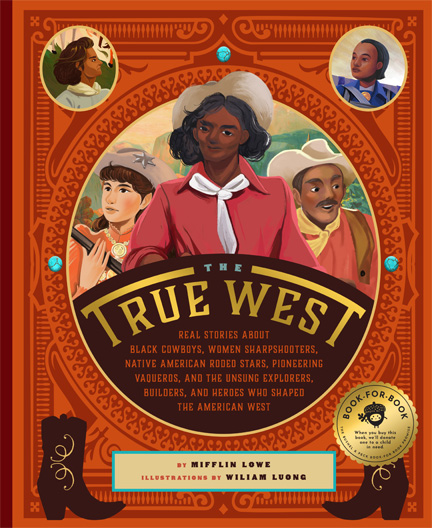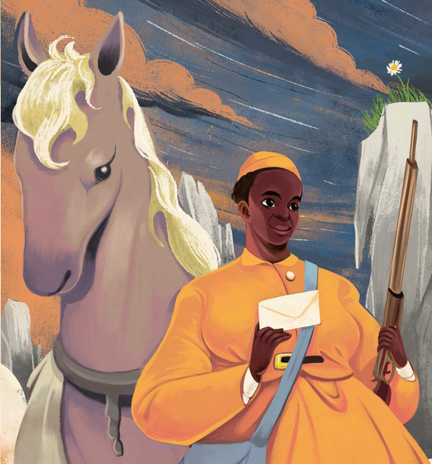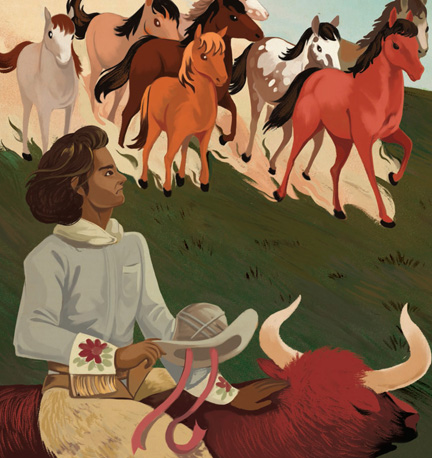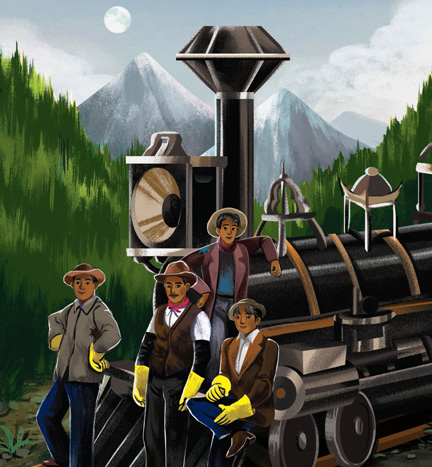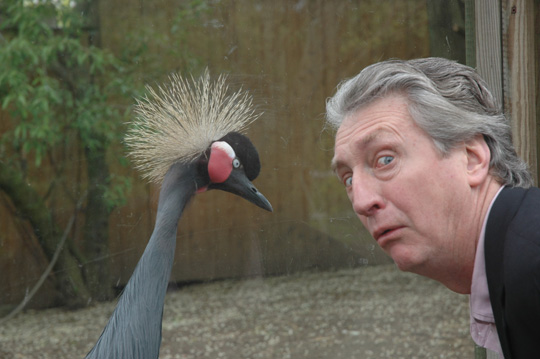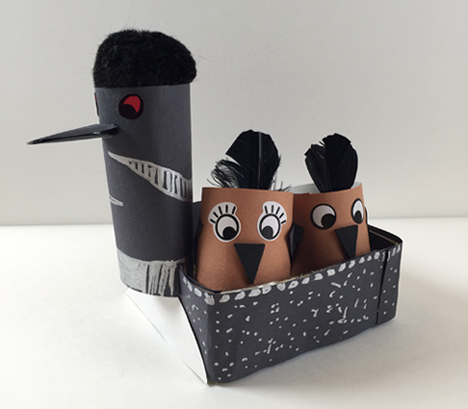
Is there anything more beautiful then the sound of a loon calling? How about the fact that they carry their chicks on their backs when the little ones need a rest? Katie captured the loon love in this simple story time project AND provided the extra bonus at the end of the post!
We recommend reading Little Loon and Papa, written by Toni Buzzeo, and illustrated by Margaret Spengler (Dial Books for Young Readers, 2004 – read aloud here by Hannibal Ferret Story Books). Papa Loon is trying to teach reluctant Little Loon how to dive under the water. When Papa disappears below the water’s surface, Little Loon swim away and gets lost. After bumping into several different animals, Little Loon hears Papa’s call and summons the courage to dive and reunite with his dad!
You’ll need:
- 1 small tissue box
- 2 toilet paper tubes
- Black, white, and brown paper
- Scissors, glue or tape for construction
- Markers for decorating
Common loons are easily recognizable by the unique markings on their feathers and their striking red eyes. They also have extremely identifiable calls, which you can often hear as background outdoor sound bites in TV shows and movies. And as you see here, adult loons will carry their young chicks on their backs to give the babies a break from swimming or to protect them from predators. Just AWWWWW!

Image courtesy of Wikicommons
To make the adult loon, cut a small tissue box down to approximately 1.5″ tall. Cover the box and a toilet paper tube with black paper. Snip 1/4″ slits into the sides of of the toilet paper tube, then slide it onto the box. For the feathers, you can use patterned and silver markers like Katie did, or just go with white paper. The beak is construction paper, as are the eyes (which you should definitely color in red!). The black pompom for the top of the head is optional.
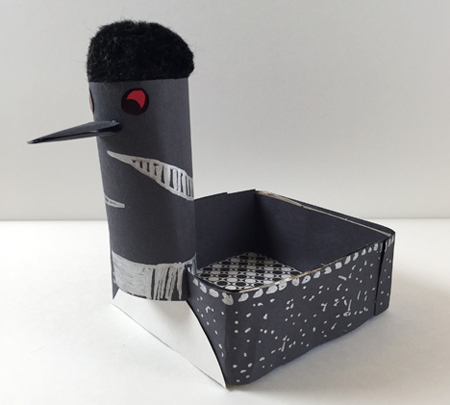
To make the loon chicks, cut a toilet paper tube in half, then wrap each section with brown paper. Add paper wings, beaks, and eyes – or simply use markers to add these features. Feather crests are an option as well! Place the finished chicks onto the back of the adult loon, and marvel in the cuteness!
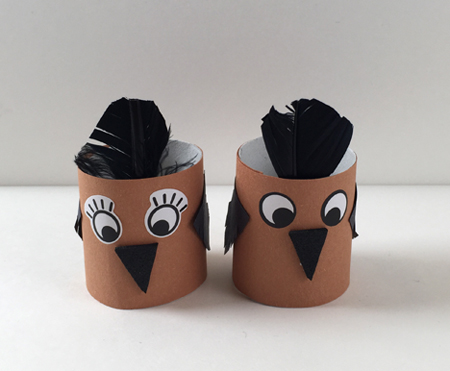
The inspiration for this project was an actual pair of loons, lovingly nicknamed Benny and Joon, who reside together on a lake in northern Wisconsin. Katie and her extended family vacationed on the lake this summer, and were treated to daily visits and concerts by Benny and Joon. Listening to the haunting call of the loons was one of the highlights of their trip, along with tubing, waterskiing and catching plenty of fish!
Ready for 30 seconds of total relaxation with Benny, Joon, and gentle, lapping water?

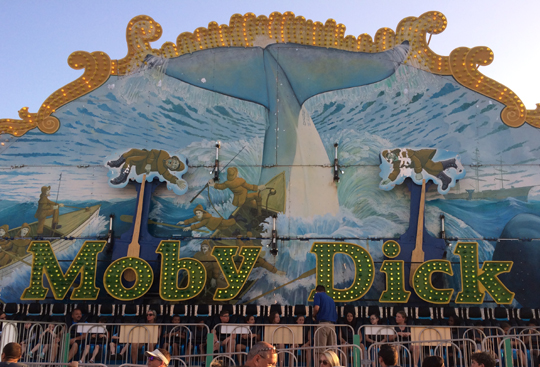 To each their own thrills, be it the humble log flume (Dr. Dana) or the insane 128mph coaster that basically turns your face inside out (Katie). Inspired by my Moby Dick sighting on the
To each their own thrills, be it the humble log flume (Dr. Dana) or the insane 128mph coaster that basically turns your face inside out (Katie). Inspired by my Moby Dick sighting on the 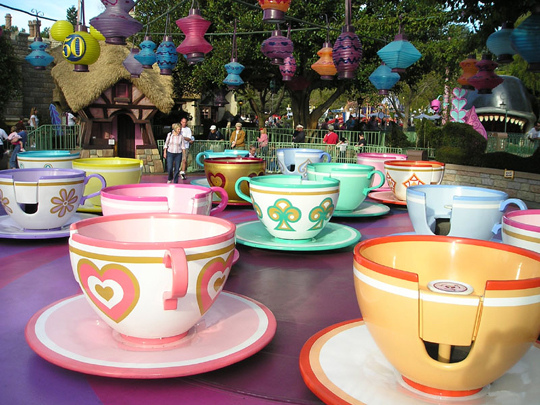
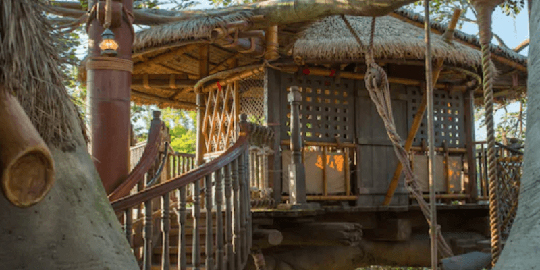
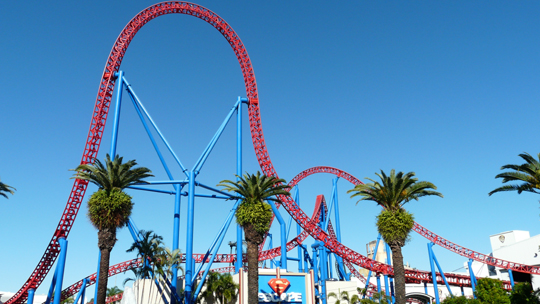
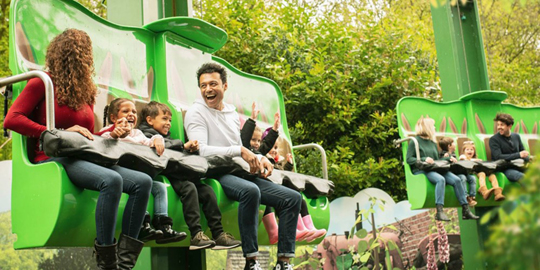
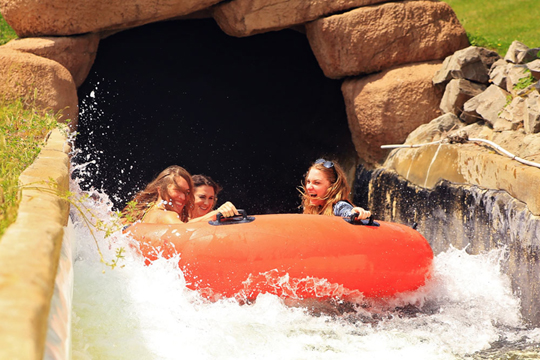
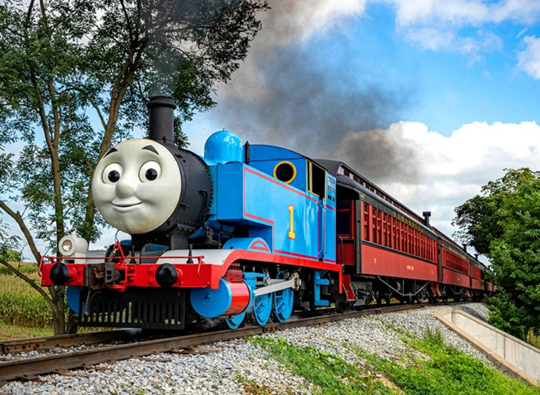
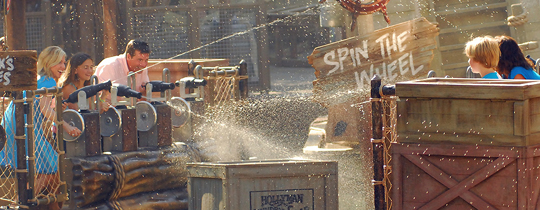
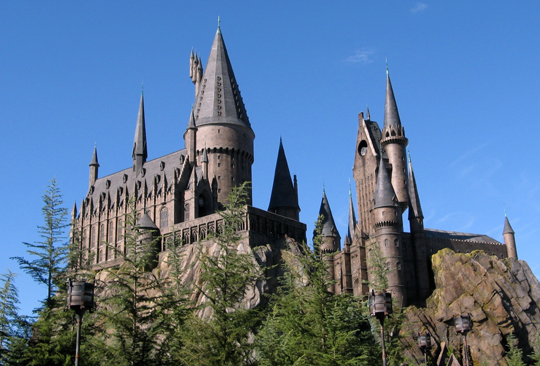
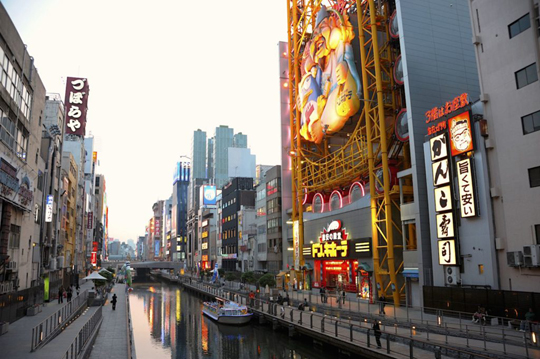
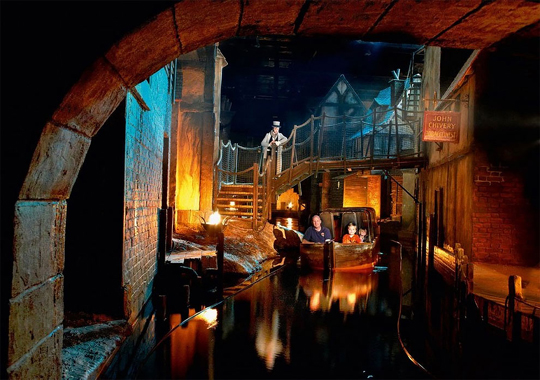
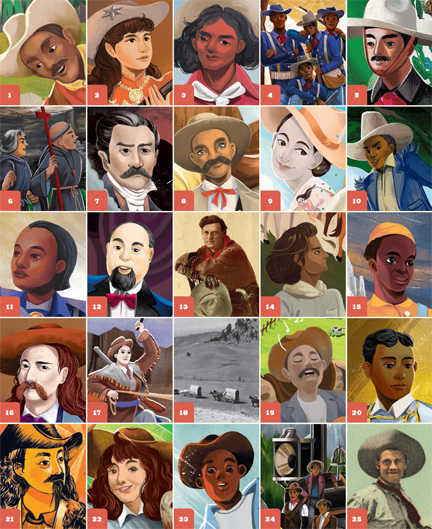 Recently, I was delighted to connect with writer and musician,
Recently, I was delighted to connect with writer and musician, 